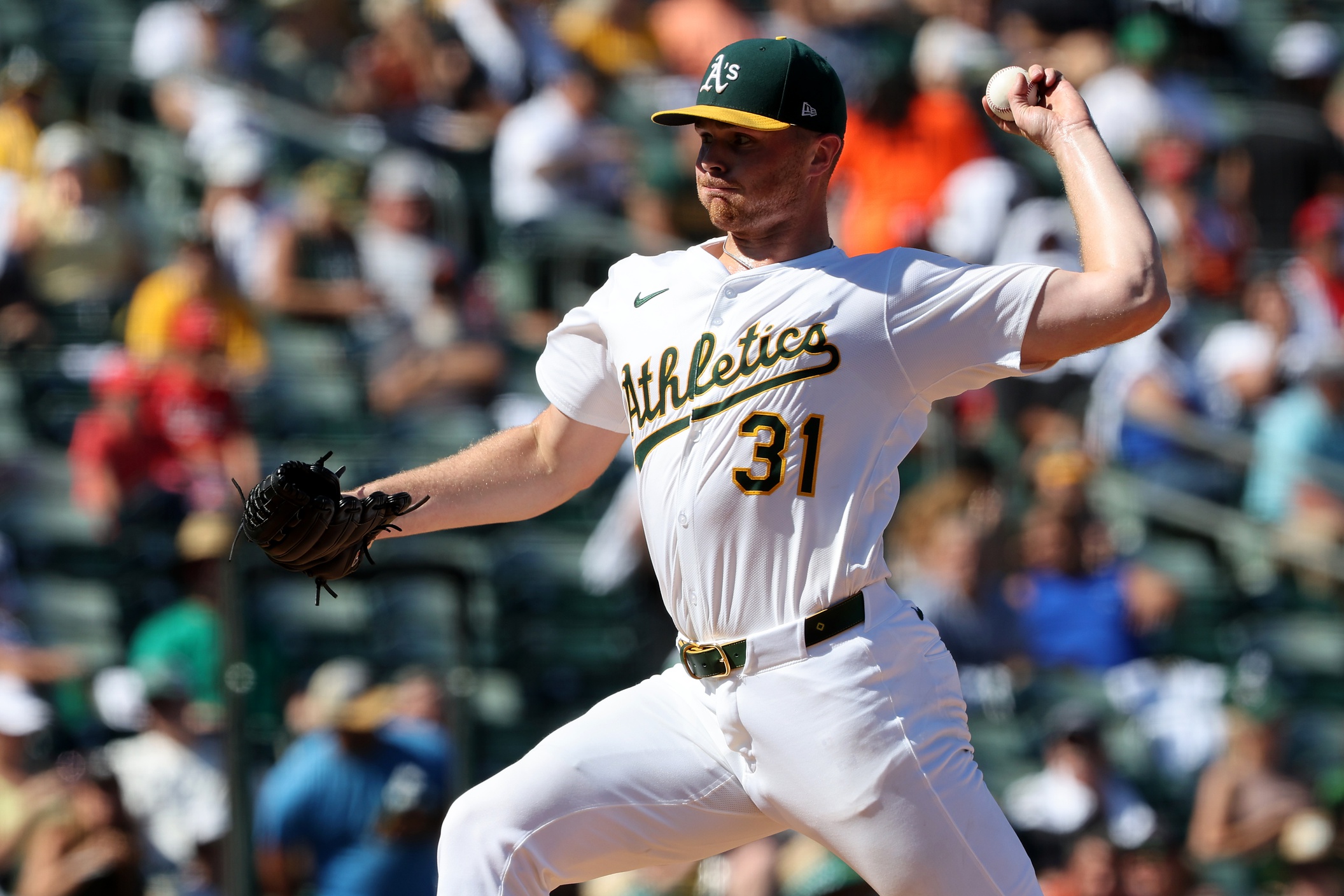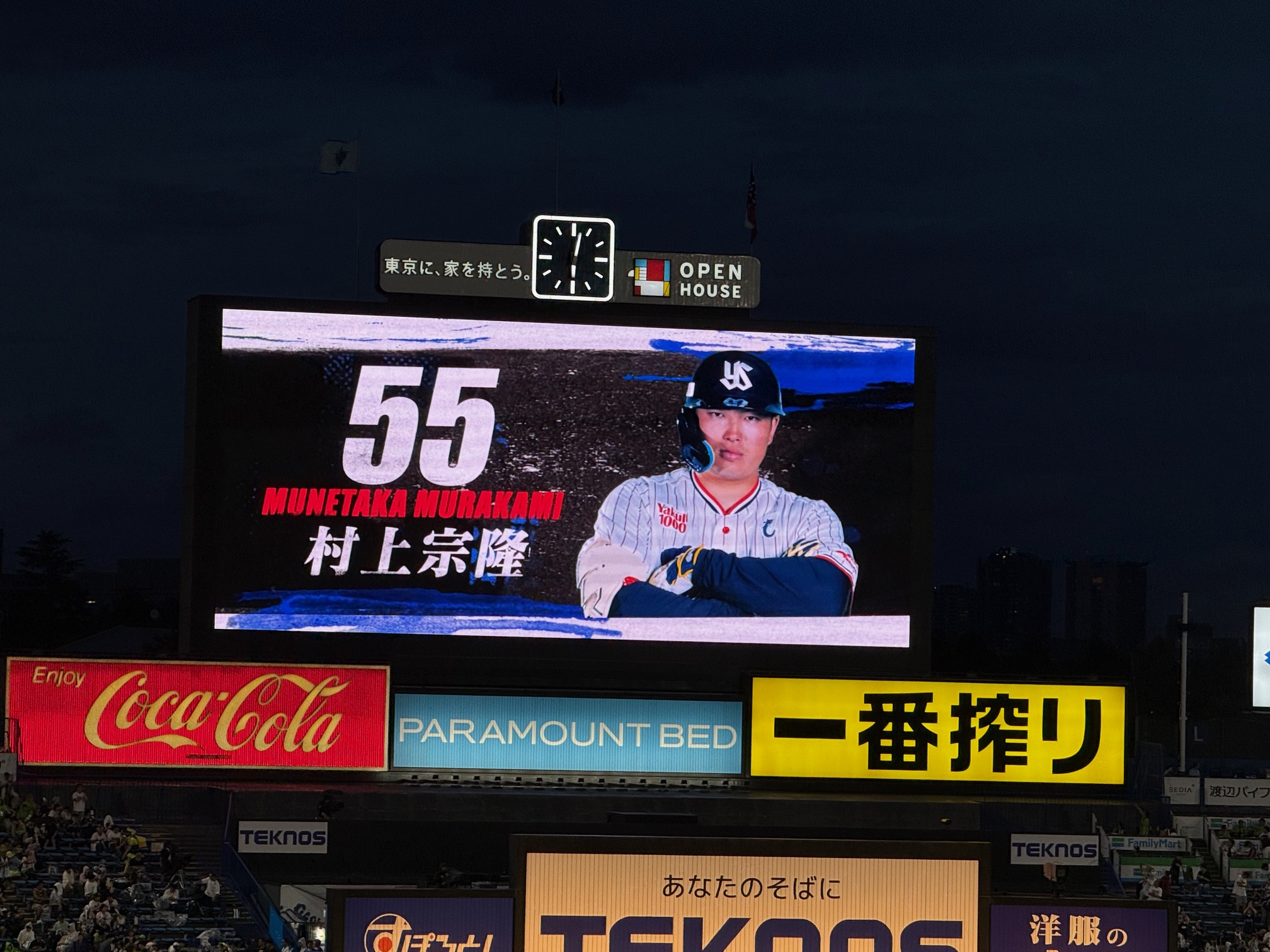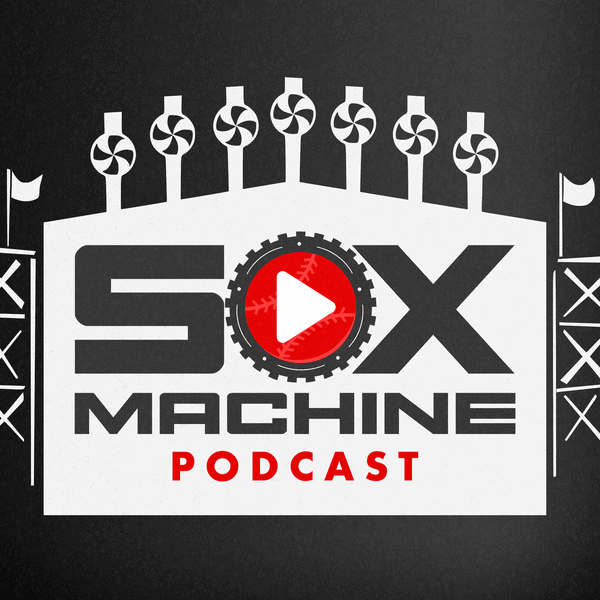The following questions have been sent to us by Sox Machine supporters at the 10 WAR tiers and higher, and the following answers have been provided by a couple of guys. If you'd like to get in on the action, consider subscribing or upgrading your membership, and make sure enabled the newsletters in your account settings. As always, thank you for your support.
If you could choose one player, in Chicago or an affiliate, to have a +10 boost to their OPS+ or ERA+ who would it be?
Justin D.
James: Theoretically the best thing would be to give the offensive boost to the best defender. Maybe 10 points of OPS+ makes a big difference for Billy Carlson’s value or makes him viable as an everyday player. Luis Robert Jr. gets a lot closer to being a first division starter center fielder with a boost.
There’s also a case for nudging guys who are right on the line of being regular players. Chase Meidroth or Jordan Leasure could probably look a lot more like part of the mix going forward if they were producing slightly stronger results.
Jim: Billy Carlson came to mind immediately, under the assumption that he could get to the majors as an Adam Everett type, but I figure it makes sense to let him establish an offensive baseline, because maybe the work he's already put in has made him an offensive dynamo. Among players with a professional track record, Davis Martin has a 98 ERA+ since coming back from Tommy John surgery. Getting him to a 110 ERA+, along with his ability to turn in six innings more efficiently than the other pitchers on the staff, would help give the rotation more of a hierarchy.
It also might be best used on Braden Montgomery. Even though his baseline isn't yet clear – it looks like he's starting to find a groove in Double-A – the White Sox system is so bereft of outfielders that they need him to be as good as he could possibly be.
What are Jacob Gonzalez's prospects for making the big league club next year out of spring training? It seems like he's been developing nicely this year and could certainly serve as the top infielder off the bench. No need to bring back Josh Rojas.
Richard S.
James: Opening Day next season seems too ambitious. Gonzalez isn’t Rule 5 eligible until after next season, so there’s nothing yet forcing their hand to rush his progression through Triple-A and that’s the place he’s going to be able to play regularly for now. With Chase Meidroth and Colson Montgomery looking like good bids to be getting regular at-bats next year, with Lenyn Sosa, Miguel Vargas and Curtis Mead out of options next spring, it’s a narrow path to a role for Gonzalez until something new shakes up this mix.
Jim: I wonder if Gonzalez is a potential minor trade candidate, if he shows well enough in Triple-A over the remainder of the season. I could see teams with less infield depth wanting to take a crack at a former first rounder who doesn't require a 40-man roster spot for at least one more year, and I could see the White Sox happy to take on their own change-of-scenery candidate.
The next two questions seem like they're variations on the same theme:
The Sox are amassing a large number of players who will all hit arbitration and free agency around the same time. If this core does lead to a winning team, it will be a very expensive team. What do you imagine the Sox will do in this (happy?) hypothetical?
Andrew S.
And …
I’m finding it hard to see this rebuild ending any differently than the last rebuild. Do you see evidence that this one could be different than last time?
Alec S.
James: If they continue their relentless admiration of the Brewers, they will probably trade players that they think they can replace internally as they enter their expensive arbitration years, as anxiety mounts about how precise they have to be about identifying the few players they are able/willing to extend.
The last rebuild had a collection of ballyhooed top prospects who were supposed to drag up a laggard organization all by themselves, while this rebuild has been trying to raise the floor of baseline competencies of every player involved, improve organizational processes, etc. But who the hell knows who the stars of the next good Sox are going to really be? So it’s already somewhat inverted from the last rebuild, even if we don’t know if or why the highs will be higher this time around.
Jim: One of the first troubling signs of the second rebuild came in February 2019, when the White Sox failed to land Manny Machado and then didn't pivot to Bryce Harper, and Kenny Williams defended the inaction by saying that “our fans would have been much more disappointed in our inability to keep this next core together.” At the time, I called it one of the wrongest things Williams ever said, because it was misguided in four different ways. The fourth one:
“[Williams] also frames the discussion as though the White Sox will not develop internal replacements for some "core" players as the front office shifts around costs for the future, and will instead have to cling tenaciously to any and every player worth a damn.”
In both of the Williams-Hahn rebuilds, the White Sox boxed themselves in with the core they locked up, and the walls closed in on them both times, either because they lacked imagination to alter the formula, or just couldn't develop talent any other team wanted in order to pivot. I would take it as a positive development if the Chris Getz-led front office spends less time trying to plot out future payrolls, just because it would show some confidence to improvise thanks to an ability to produce depth, or evaluate players in other organizations. If the White Sox are going to be financial lightweights, then they have to be agile. “Scrawny and slow” was the top line on my scouting report, which is why my playing days ended in high school.
6 pitchers showed up to spring training and needed Tommy John Surgery. How much does the organization monitor the off-season regimen of prospects and players under contract in order to manage injury risk? Do other organizations do this? Should they?
I'd imagine the older players are on their own to work out, hit the cages and such, but what about international players? Does the Dominican academy and Arizona complex get a crew to hit the pitching labs and play pickup games?
John G.
James: How much do organizations monitor offseason regimens? A lot. Most advanced prospects and big leaguers are training at private facilities but are talking with teams both about their baseball activities and also their lifting and training programs. The bulk of players you’ll find in the team facilities over the winter are rehabbing injuries, but the recent draftees are pulled in for performance camps and other sorts of orientation over the offseason as well. It tends to be younger players or guys who already live near facilities who make use of training at Camelback Ranch or the Dominican Academy over the winter, but that is an option. Lenyn Sosa memorably trained at the Dominican Academy before the 2022 season to get guidance on some major swing changes he was making, but now the location and capacity of the Sox DR academy is part of why they’re replacing it.
But Prelander Berroa blew out during a spring game. Drew Thorpe’s UCL gave way in a backfield game after he had spent most of the spring rehabbing from his surgery from last August. Ky Bush was throwing a bullpen the week before spring started and felt his elbow give out. They didn’t arrive with elbows which happened to be injured that no one knew about until they were in the facility, but got hurt in the ramp-up process that is precisely when pitchers are the most at-risk for these sorts of blowouts. Elbows are still exploding all over the place across baseball, so there are clearly elements of the offseason process that could be improved. But part of the reason the last lockout caused so much anxiety was the absence of offseason monitoring and communication on training between teams and players, which has been the norm now for a while now.
So, something new to worry about when they lockout after next season, I suppose.
We need an answer to Jim’s Minor Keys question: Would you rather fight 100 Madrigal-sized Wolkows or 1 Wolkow-sized Madrigal?
MikeyB
Jim: The classic icebreaker. Wolkow's issues with swinging and missing would make 100 of them in a contained space a danger to everybody, so maybe you could slip out while they're all concussing each other, but I'd take my chances with a Wolkow-sized Madrigal, thinking that making him run full speed would be enough to win.






